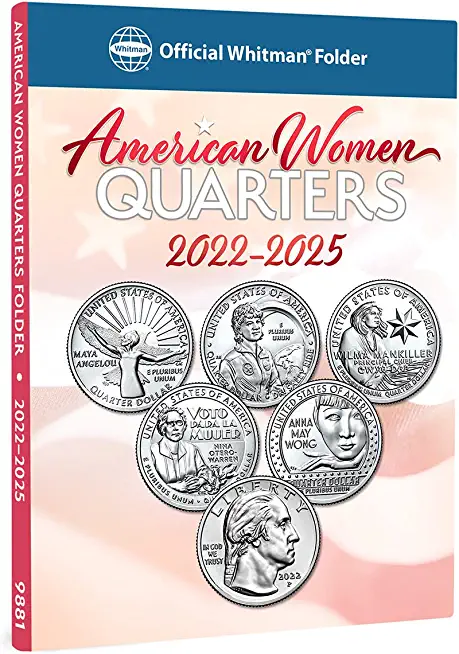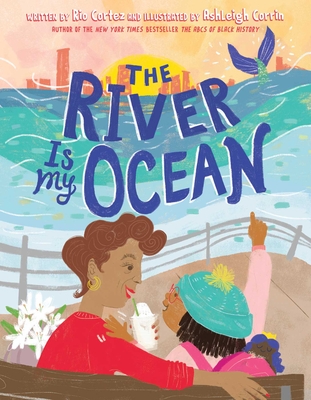
Arellano leads us through much travail, often with playful rhythm and rhyme, as she iShe illustrates desire and disaffection in lesbian relationships (though others may recognize themselves). These poems do not describe guide how to do relationships as much as describe warn against how to navigate the visibleobvious and the invisible ambiguous landmines embedded within. The bare lust of some poems unnerves, especially when the desired is already involved or not interested.
Parallel to the biting candor running through the workthis collection is a spirited humor, which provokes us to laugh at the poet's foibles and exploits. We are grateful we are not her until we remember our own doubts and deceptionsforgivable and unforgivable exploits that we've been involved with.
Arellano Etched onto these pages are writes what we are scared and ashamed to confront:
Falling in love is easy, but how do you break up with a woman? ? Or let themWhat do you do when she breaks up with you?
What do you do when you break up with a woman in a bad way? For the wrong reason? At the wrong time?
How do you handle "the other woman" ----when in one relationship she's "the bad guy"your enemy and in another she's you?
These poems allowcompel us to consider what that we ha've been keeping at bay, for the poet knows . But somactions and feelings must be acknowledged if they a're going to be altered, if we--and our liaisons--are to be transformed. In this collection, Arellano rips off her máscara and removes ours stanza by stanza. Closing with a call for love and a declaration of finality, she leaves us us panting and grasping for air, like luchadoras in the ring of love: -- bruised, gushing, and excited electrified. Turning that last page, we find ourselves relieved one round is over, yet hungry for the next to begin.







